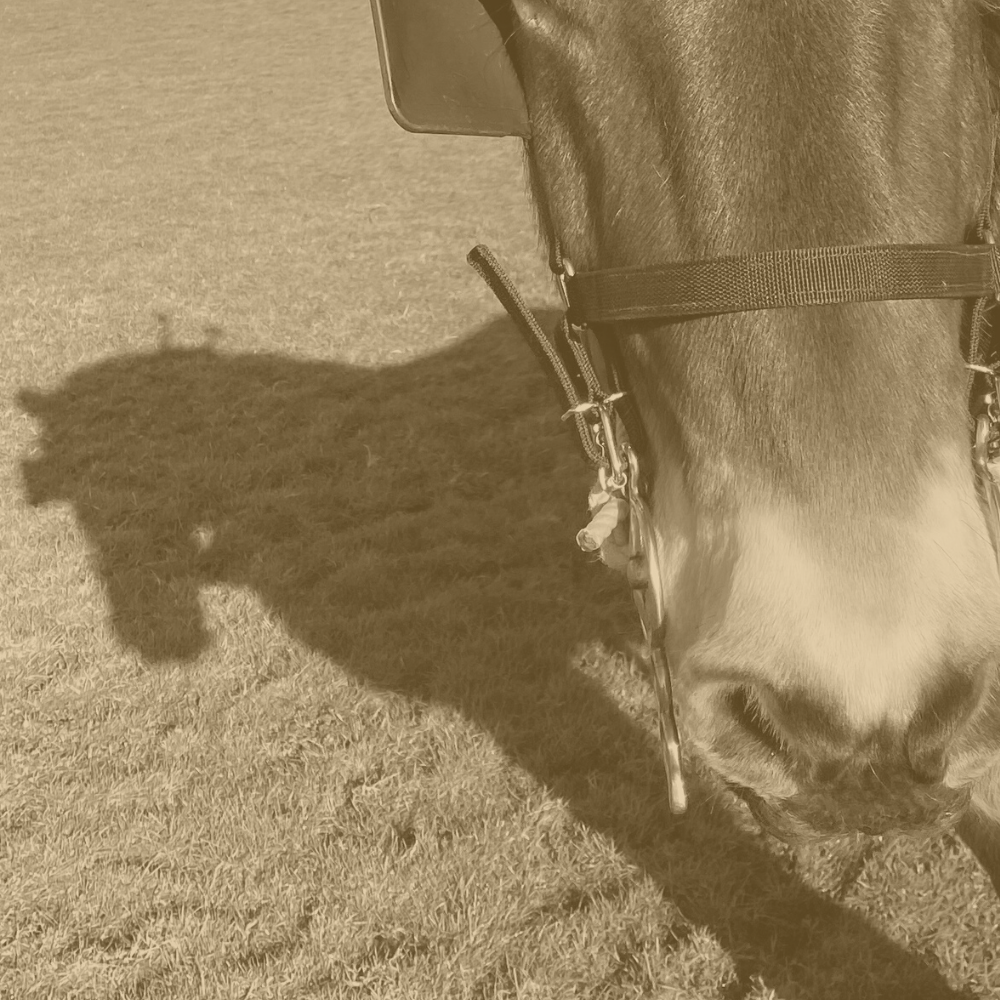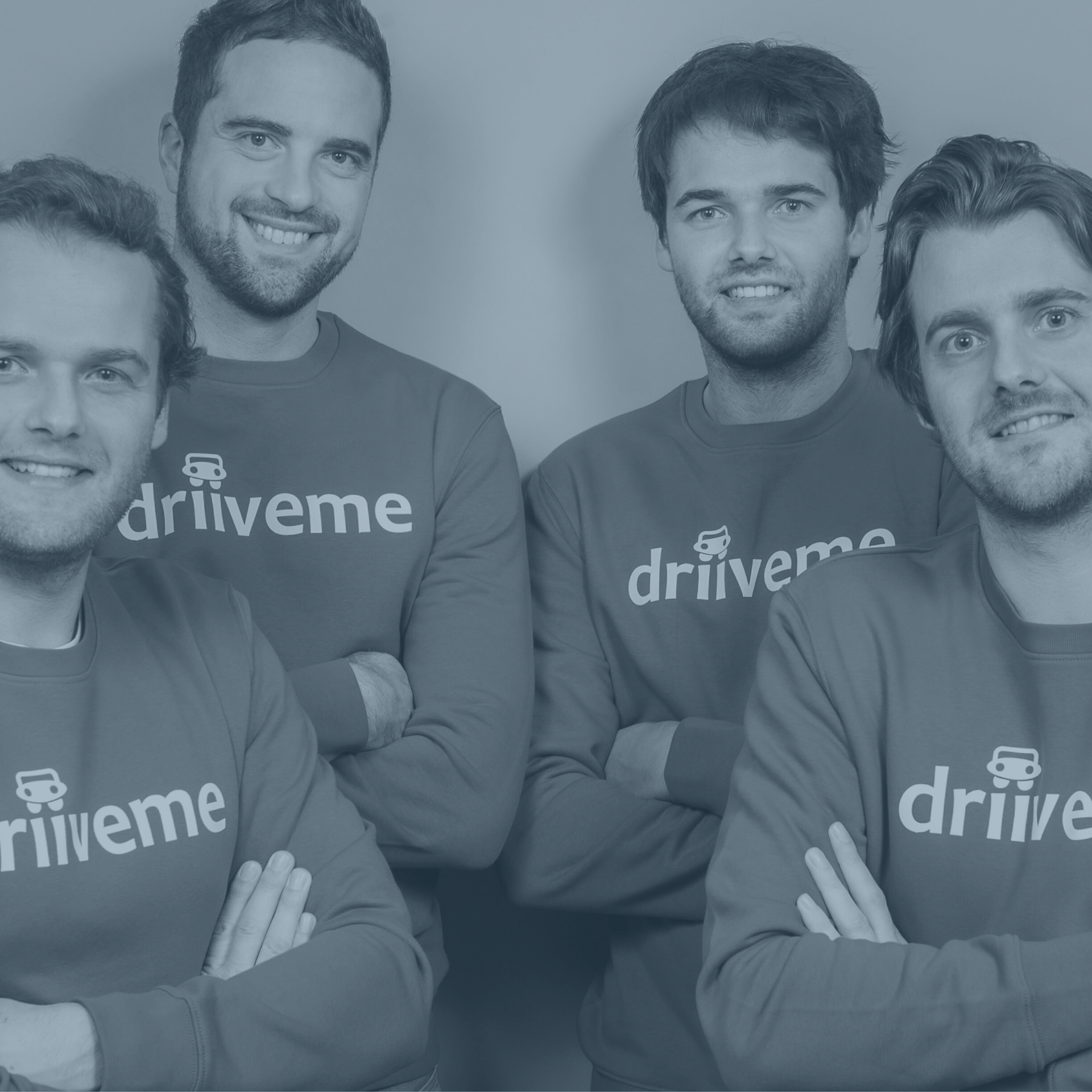HOW TO GET YOUR BRAIN THINKING MORE CREATIVELY
January 27, 2020
This week, we read an interesting article by academics at Columbia University
on how to unleash creative thinking and the importance of presence of mind when doing any form of brainstorming or lateral thinking.
It talked about one of the biggest stumbling blocks we come across when trying to solve a challenge or overcome an obstacle using creative thinking - the main one being 'excessive focus'.
The concept is actually talked about in more detail in one of our all-time favourite TED Talks by Tim Harford. In his presentation, he explains about how great innovators like Einstein and Darwin used a method of 'slow motion multi-tasking' when doing their deepest thinking. By giving your mind time to wander and explore other avenues of interest, you give your brain space and time to make its own connections.
Getting your brain into a state known as ‘presence of mind’ is a skill that can be learnt. Contrary to popular believe, creativity isn’t something you’re either born with or you aren’t. With a bit of time, focus and nurturing, everyone has the ability to be creative.
We have some top tips to get the ball rolling:
Music credit: www.bensound.com
1. KEEP A CREATIVITY JOURNAL
Do you ever find that you have your best ideas last thing at night, or when you’re out walking the dog or driving along in the car? Often, by the time we’ve woken up or got to our destination that great idea has floated off out of our brains, gone forever.
Keep a creativity journal where you can write down EVERY crazy idea, wonderful innovation or even just clever press cuttings, photos, signs – anything you’ve seen that may bring you inspiration further down the line.
2. MAKE TIME TO RELAX
When we’re stressed, our bodies produce cortisol, which blocks our memory recall. It stops any creative thinking in its tracks. If you’re trying to solve a challenge or problem but are finding you’re constantly coming up against a mental block, step away from your desk, make yourself a cup of tea and take on another task for half an hour.
If you can, go for a walk and totally clear your mind. Play sports. Do yoga. Read a chapter of a book. Do whatever you need to do to reset the brain and release any negative energy.
3. PUT DOWN TECHNOLOGY
Don’t get me wrong, the internet is an incredible tool for connecting with others, learning about clever solutions and doing online research. I actually have a whole tab of creative websites pinned to my browser that I dip into on a daily basis.
That said, when it’s time for a brainstorm or to start thinking about how to solve a problem, you need to put down your phone. It is one of the biggest killers of ‘presence of mind’ – the high level of information you take in when you’re on it just isn’t conducive to helping you give your brain the time and space it needs to think.
4. ALLOW YOUR BRAIN TO GO DOWN A RABBIT HOLE
From the days back at school when we were told off for daydreaming in lessons, we have been taught that it’s a bad thing to let our minds wonder.
In fact, mental meandering can actually be hugely fruitful, not only for creative ideas, but also for overall mental health. The Germans have a great saying for the benefits of keeping an idle mind: ‘die Seele baumeln lassen’, meaning ‘let the soul dangle.’
The latest research in developmental psychology by the Department of Psychology and Neuroscience, University of Colorado has shown that people who let their minds wonder have better cognitive flexibility and are better at problem-solving, planning, and managing their own thoughts and feelings.
Now I’m not talking about going down Sotherby’s to stock up on paintings for your living room wall; I’m talking about taking the time out of your day, week or month to truly engage with art – whether that’s painting, crafting, visiting a museum, going to a concert, playing the piano - whatever it might be.
Engaging with works of art has been shown to trigger daydreaming and prime our bodies to start thinking creatively. That’s why, it’s often a good idea to start brainstorms by asking your team to draw a picture or even make a sculpture from LEGO.
6. UPSET YOUR ROUTINE
When we get into familiar patterns of behaviour – like a regular morning routine – this can set our brains into ‘auto pilot’ mode. By disrupting the routine, maybe something as simple as taking a different route to work, getting dressed in a different room of the house, listening to a radio station we wouldn’t usually tune into, we can jolt our brains into being creatively engaged.
If you're hoping to inject some creativity into your PR and marketing plans in the future, do get in touch. We'd love to collaborate with you.







